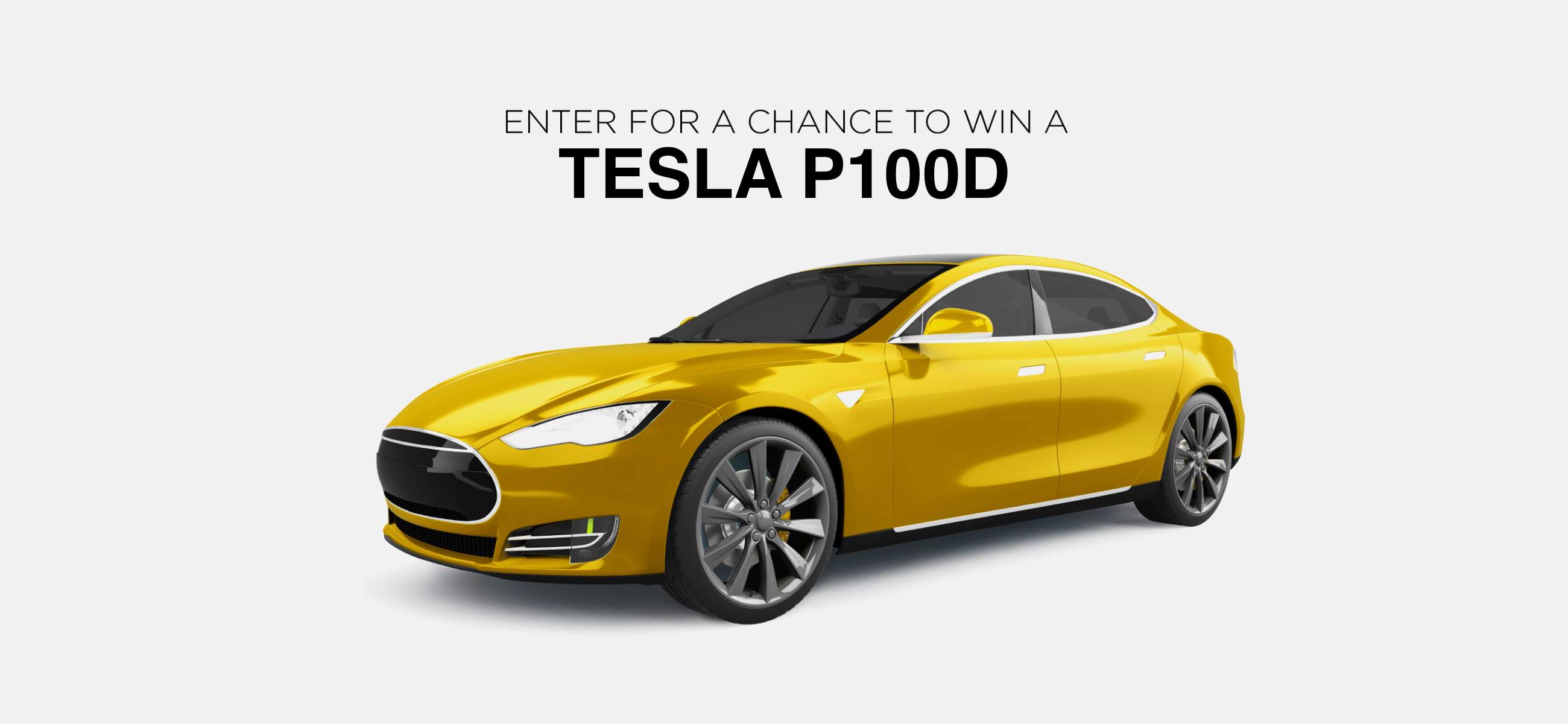As Featured on Forbes
Behavioral Science in Action: Tesla Campaign Yields 5,700 Demo Requests at VMworld

Shirin Oreizy
CONTRIBUTOR

JoAnne Tobias
AUTHOR
One of our clients, a global software company, had a fabulous product. One IGEL demo and engineers swooned. IGEL spent a large chunk of its budget on event marketing, attending events and trade shows around the country. Unfortunately, these hot leads soon went cold and didn’t convert to demos after the show. There was also a lag between enticing a prospect to leave his business card behind and getting him or her into its CRM. Additionally, once their contact info was inputted, the sales team had no way of knowing where they were in the sales cycle.
We’d recently used Behavioral Science in its website refresh and sales collateral. The client was thrilled with the results: In the first half of 2017, software sales increased by 890%. Could we apply Behavioral Science to turn around its sagging events-marketing campaign?
Behavioral science isn’t rocket science. At its core, it’s about removing friction. Here’s how we drove more demo requests for the client’s software and, more importantly, how you can do the same for your own business:
1 There’s a reason why some campaigns work, and others go cold.
No matter how mysterious the decision-making process may seem, emerging research in behavioral economics and social psychology shows that there’s a predictable pattern to our (occasionally) irrational ways. At Next Step, we use these predictable patterns to remove friction from the decision-making process at every single stage, whether for websites, user interfaces, brand identities or, as in the case with our software client, tweaking an existing marketing campaign to capture more leads.

Before you jump in, define the specific behavior you need to change. Ask yourself what are the objectives and which behaviors are currently impeding them? The main problem IGEL had before was that by the time users left the event, they’d cooled off. This is deadly for conversion; when you’re not activated, you’re not motivated. No wonder people weren’t stepping over hurdles to log back in and sign up for a demo.
2New goal: Capture leads at the event when they are in a “hot state.”
Get your audience’s attention. How many pens, stuffed animals and other Made in China “prizes” have you thrown away after a trade show? IGEL’s mascot, a toy hedgehog, was cute, but it wasn’t converting anyone. It was time to give away something that would set an engineer’s heart racing.
For example, here was IGEL’s new Grand Prize: a new Tesla P100D. This is the IGEL version of cars — highly innovative, software-defined, capable of self-driving and goes from 0 to 60 in 2.2 seconds. Signing up for a demo would automatically enroll you into the grand sweepstakes, to be announced at VMworld 2017 — no purchase necessary.
3 Why hold a lottery?
This is a powerful element in Behavioral Science. By creating a lottery, you’re tapping into “availability bias,” the concept of overestimating an event’s likelihood based not on facts, but on how strong our memories are.
For example, when we try to figure out our odds of winning the Powerball jackpot prize, our brains shy away from thinking about the probabilities and the odds (or lack thereof). Those millions of people who lost never make the news, but the winners do. So guess who stands out in our minds? Accessing memories of past winners leads us to overestimate an event’s likelihood. That’s why we justify playing the lottery with a “someone’s got to win” mentality.
4 Reduce cognitive load.
Have you ever wondered why it’s so hard for people to stop and fill out a survey? It’s such a small task, but resistance is normal. To get beyond it, you need to remove as much friction as possible. Reducing the number of fields in your survey will reduce the cognitive load and make it more likely that they’ll complete it. If you make it a mobile survey, prospects can fill it out right then and there. Not only do you get your data, but they win too: Finishing any task gives people a natural bolt of dopamine.
But most importantly, since you’ve shortened it, your survey now needs to be highly strategic. Ask questions that reveal where the prospects are in the sales cycle. This gives your sales team valuable data to act on.
5 Time scarcity.
Try to create a sense of urgency. Make a demo code that’s valid only on the day of the event, so users are more motivated to sign up immediately when they’re primed. Also, as soon as the prospect submits a specific date/time request for their demo, trigger an Outlook calendar request. Keeping the momentum makes it psychologically easier for your prospects to commit to keeping the appointment.
6 Timed reminders.
No matter how much you optimize, there will always be a handful of people who need to be followed up with. Send out emails reminding them of their demo date/time. Point out that they’re almost there, and that in order to be entered to win, they just need to complete the demo. Trigger FOMO by letting them know that the event will live-streamed.
Ask: Who will be driving away with a new Tesla? (Or whatever your heart-racing giveaway is.)
7 What happened? Within a few months, over 5,700 requests for demos poured in.
These simple interventions were so successful that IGEL needed to create a new webinar system for dealing with the flood of inbound demo requests. Not only did the volume of demos increase, but thanks to the immediacy and strategy of the survey, the sales team now knew exactly where the prospects were in the sales cycle. Speaking directly to the prospects’ current needs is critical to increasing the odds of converting.
On August 30th, Robert Butler drove off with a brand new Tesla P100D at VMworld.
And the IGEL team? They won a Stevie Award for one of the most successful B2B Marketing Campaigns in the company's history. The campaign delivered $8.3 million in new sales opportunities and had a direct impact on the company’s 890% increase in software sales in the first half of 2017.










